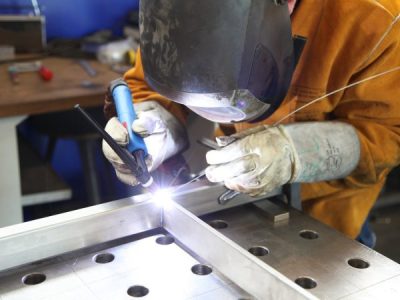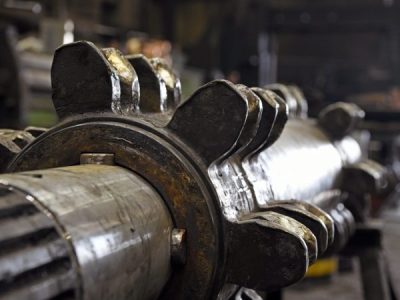Metal fabrication projects are as vary as the materials used in this industry, but for most high-profile, industrial and construction projects these two metals tend to play a vital role when it comes to several key components – these being aluminium and stainless steel.
Both of these metals are relatively light-weight, with terrific corrosion resistance, which makes them desirable for a wide aray of fields, such as construction, machinery, aerospace, automotive, engineering and even down to simple projects like furniture and decoration. When embarking on a metal fabrication project, you’ll likely, at some point, face a crucial decision: which material should you choose? Each metal boasts unique properties that can significantly impact your project’s outcome, from durability and cost to aesthetics and functionality. As you weigh your options, it’s essential to understand the distinct characteristics of these materials and how they perform in various fabrication processes. This comparison will delve into the strengths and limitations of aluminium and stainless steel, equipping you with the knowledge to make an informed choice for your specific metal fabrication needs.
Read on to learn the debate on aluminium vs stainless steel
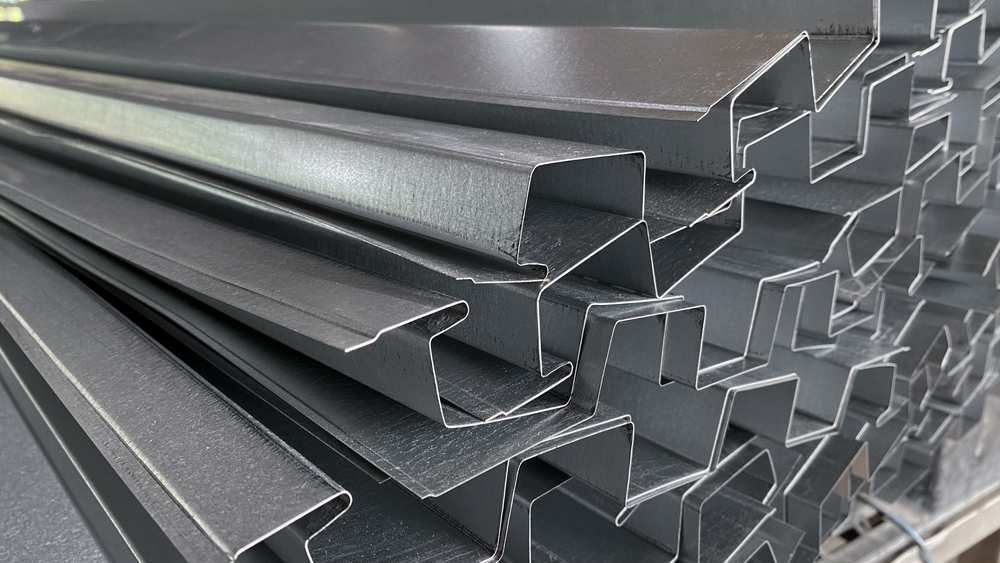
Key Properties of Aluminium vs Stainless Steel
Strength and Weight
Aluminium is renowned for its lightweight nature, making it ideal for applications where weight reduction is crucial. Despite its lightness, it boasts impressive strength-to-weight ratios. Stainless steel, on the other hand, offers superior strength and durability, making it suitable for heavy-duty applications.
Corrosion Resistance
Both metals exhibit excellent corrosion resistance, but through different mechanisms. Aluminium forms a protective oxide layer when exposed to air, whilst stainless steel contains chromium, which creates a passive film to prevent rust and corrosion.
Thermal and Electrical Conductivity
Aluminium excels in thermal and electrical conductivity, making it a popular choice for heat exchangers and electrical components. Stainless steel, whilst conductive, offers lower thermal and electrical conductivity compared to aluminium.
What is Aluminium?
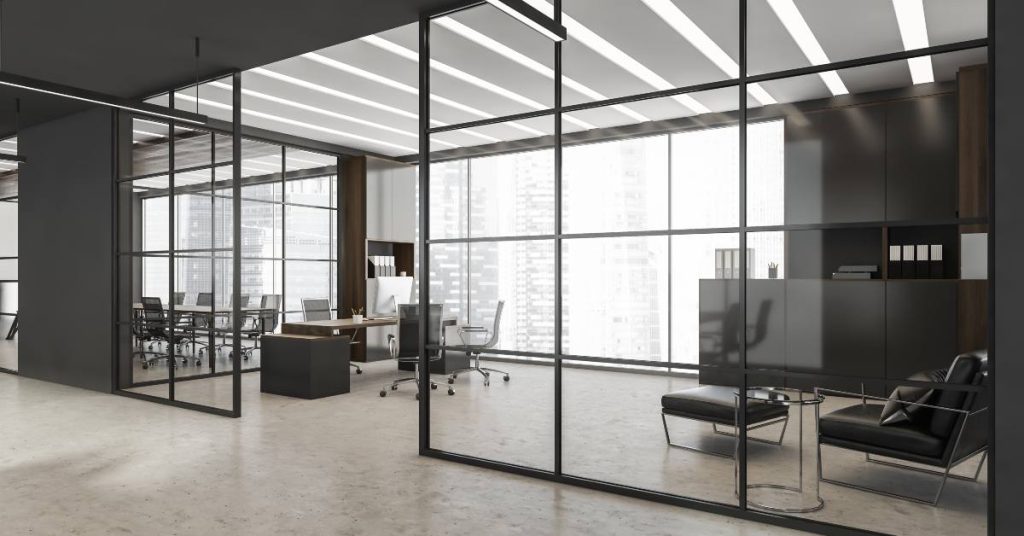
Aluminium is a versatile and lightweight metal that has revolutionised various industries, including metal fabrication. This silvery-white element, with the atomic number 13, is the third most abundant element in the Earth’s crust.
Key Properties
Aluminium boasts several remarkable characteristics that make it a popular choice for fabrication:
- Lightweight: It’s approximately one-third the weight of steel, making it ideal for applications where weight reduction is crucial.
- Corrosion-resistant: Aluminium forms a protective oxide layer when exposed to air, enhancing its durability.
- Excellent thermal and electrical conductivity: This property makes it suitable for electrical and heat-transfer applications.
Common Applications
Due to its unique properties, aluminium finds extensive use in aerospace, automotive, construction, and consumer goods industries. Its malleability and ductility also make it highly suitable for various fabrication processes.
What is Stainless Steel
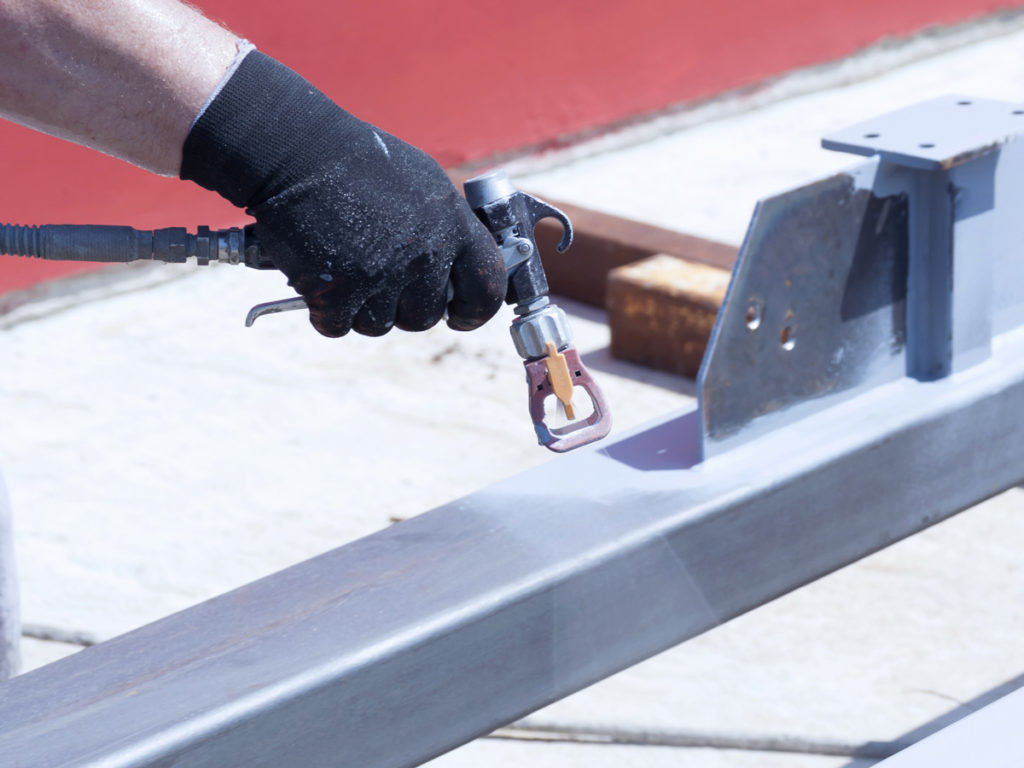
Stainless steel is a remarkable alloy renowned for its corrosion resistance and durability. Composed primarily of iron, chromium, and nickel, this versatile material boasts a unique combination of strength and aesthetic appeal. The addition of chromium, typically at least 10.5%, forms a protective layer of chromium oxide on the surface, rendering the steel ‘stainless’.
Key Properties
Stainless steel exhibits exceptional resistance to rust, tarnishing, and chemical reactions. Its non-porous surface makes it highly hygienic, ideal for applications in food processing and medical equipment. Moreover, this alloy maintains its structural integrity across a wide range of temperatures, from cryogenic to extremely high heat.
Types and Applications
Various grades of stainless steel exist, each tailored for specific uses. From cutlery and kitchen appliances to industrial machinery and architectural structures, stainless steel’s versatility makes it indispensable in modern manufacturing and construction.
Comparing the Strength and Durability of Aluminium and Stainless Steel
When it comes to strength and durability, both aluminium and stainless steel have their merits. Stainless steel generally boasts superior strength, with a higher tensile strength and yield strength than aluminium. This makes it ideal for applications requiring robust structural integrity.
However, aluminium shouldn’t be underestimated. Despite being lighter, it offers an impressive strength-to-weight ratio. This property makes it particularly valuable in industries where weight reduction is crucial, such as aerospace and automotive manufacturing.
In terms of durability, stainless steel often edges ahead. Its inherent corrosion resistance, particularly in harsh environments, gives it a longevity advantage. Aluminium, while naturally resistant to corrosion, may require additional treatments in certain conditions.
Ultimately, the choice between these metals depends on your specific project requirements, balancing factors like strength, weight, and environmental considerations.
Aluminium Metal Fabrication vs Stainless Steel Metal Fabrication
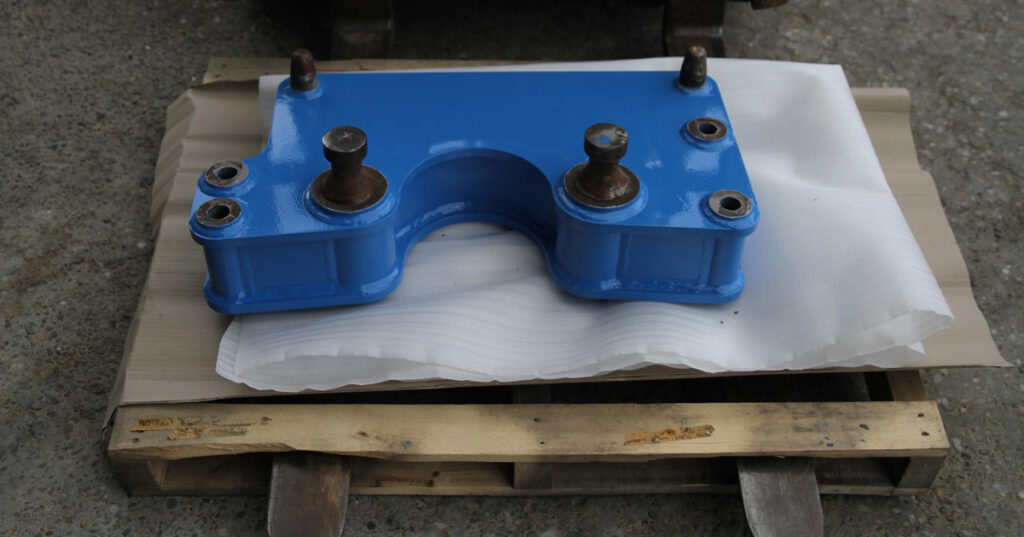
Material Properties
When comparing aluminium and stainless steel for metal fabrication, it’s essential to consider their unique properties. Aluminium is renowned for its lightweight nature, making it ideal for applications where weight reduction is crucial like in nautical or aerospace applications. It’s also highly resistant to corrosion, thanks to its natural oxide layer. Stainless steel, on the other hand, boasts superior strength and durability, making it suitable for heavy-duty applications where load bearing or structural support is needed.
Fabrication Processes
The fabrication processes for these metals differ significantly. Aluminium is softer and more malleable, allowing for easier cutting, shaping, and welding. This characteristic often results in quicker fabrication times and lower labour costs. Stainless steel, while more challenging to work with, offers excellent weldability and can withstand higher temperatures, making it preferable for certain industrial applications.
Difference in Application, where each thrive
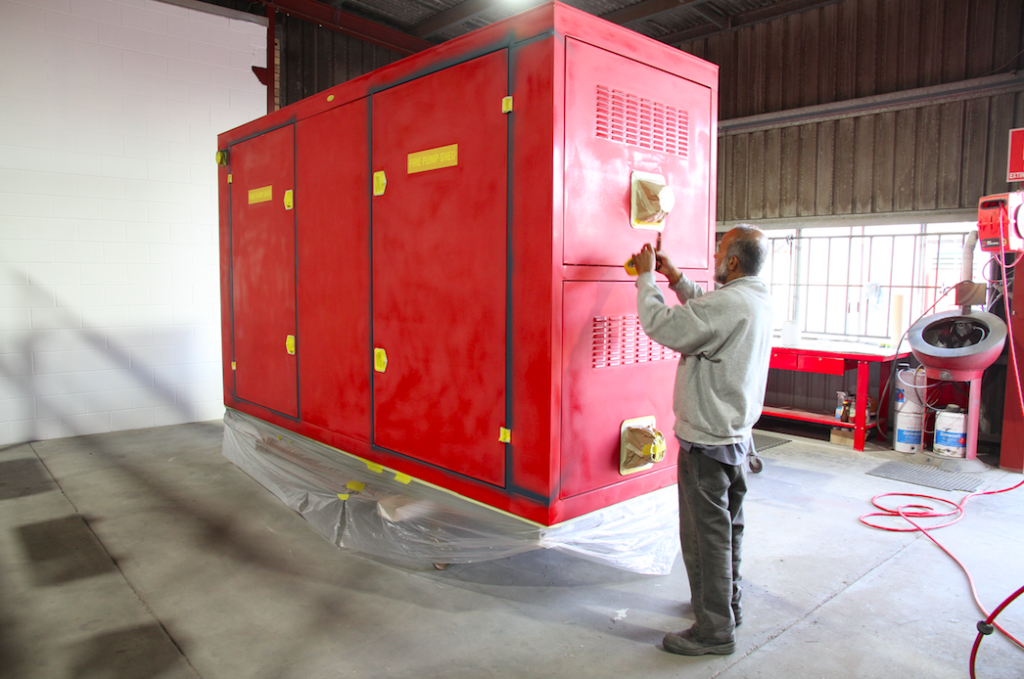
Aerospace and Transportation
Aluminium shines in aerospace and automotive industries due to its lightweight nature. It’s ideal for aircraft fuselages, car bodies, and spacecraft components where weight reduction is crucial. Aluminium’s excellent strength-to-weight ratio allows for fuel efficiency and improved performance in these sectors.
Marine and Food Processing
Stainless steel excels in marine environments and food processing. Its superior corrosion resistance makes it perfect for boat fittings, offshore platforms, and kitchen equipment. Stainless steel’s non-reactive properties ensure food safety and longevity in harsh, salty conditions.
Construction and Architecture
Both metals find applications in construction, but for different reasons. Aluminium is favoured for window frames, roofing, and cladding due to its lightness and weather resistance. Stainless steel is chosen for structural elements, handrails, and decorative features where strength and aesthetic appeal are paramount.
Cost Differences Between Aluminium and Stainless Steel
Aluminum tends to be more affordable per unit volume, but costs more per unit weight. But because aluminium is able to achieve similar results to stainless steel at a reduced weight, it can be a valuable way to cut costs and reduce total structure weight.
Raw Material Costs
Aluminium is more abundant and easier to extract, resulting in lower production expenses. Stainless steel, conversely, requires more complex manufacturing processes and costlier alloying elements.
Fabrication Expenses
Aluminium’s softer nature makes it easier to work with, reducing labour and tooling costs. Stainless steel, being harder, demands more time and specialised equipment for fabrication, increasing overall expenses.
Long-term Considerations
Whilst aluminium may have a lower initial cost, stainless steel’s durability and corrosion resistance can offer better value over time in certain applications, potentially offsetting the higher upfront investment.

